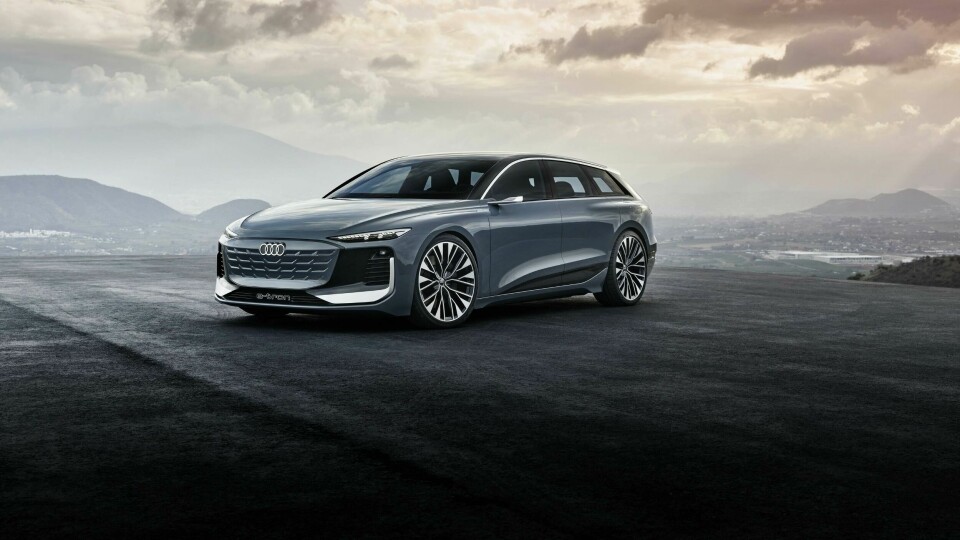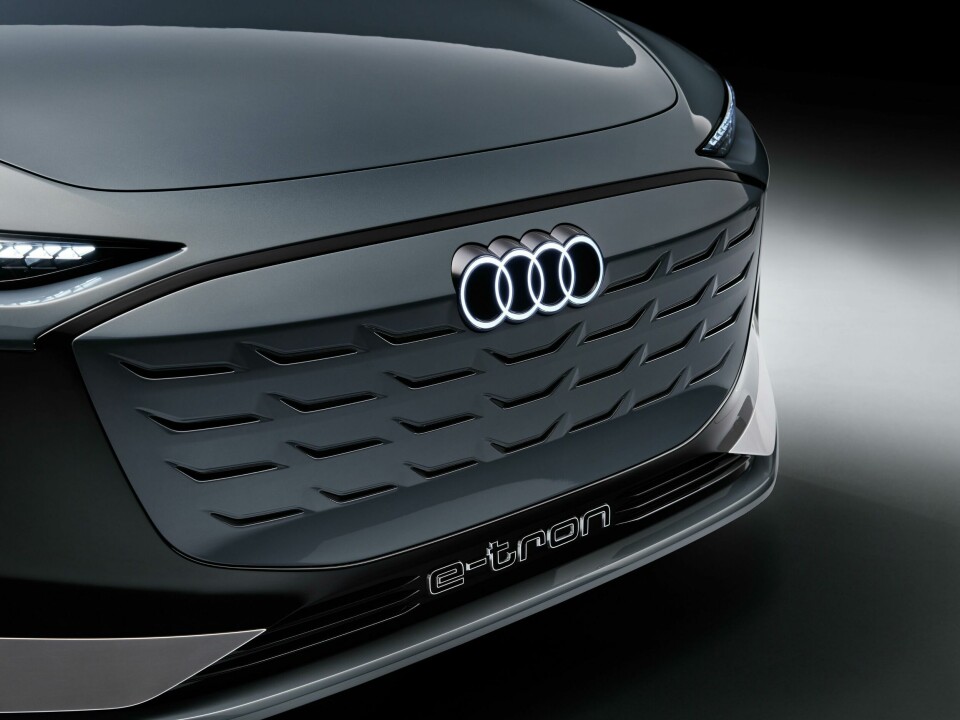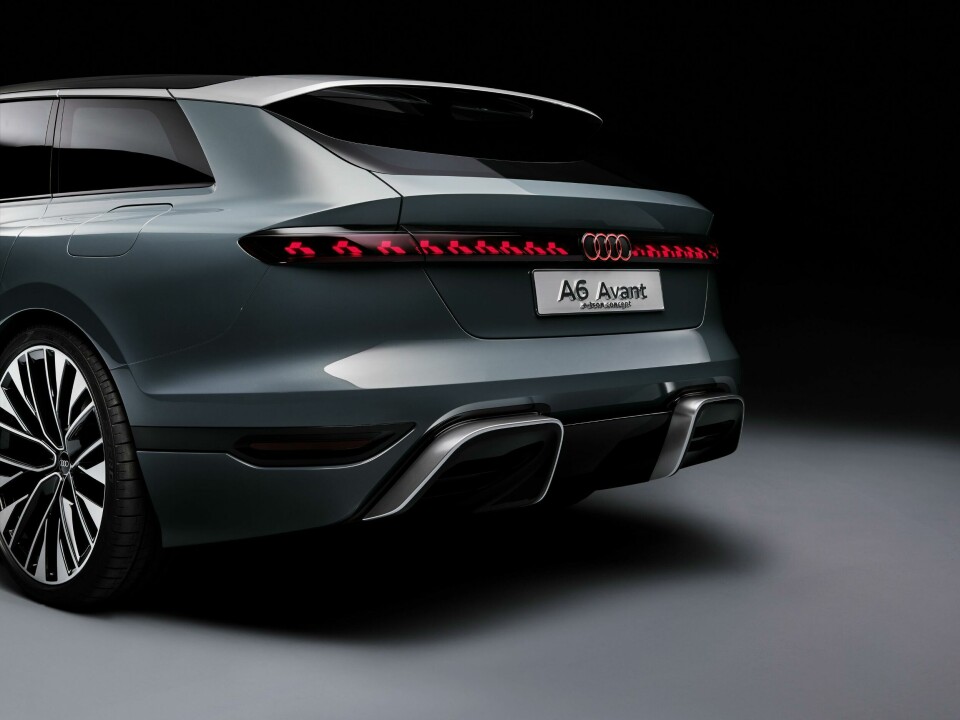
Audi A6 Avant e-tron concept could signal return of luxury estates
The latest concept car from Audi, the A6 Avant e-tron, is a marker for new production models to come
Audi has unveiled its latest concept car, the A6 Avant e-tron, at its 2022 Annual Media Conference held in Ingolstadt, Germany. Described by the company as “production-oriented”, the concept car is made on a new ‘PPE’ platform and provides an insight into the design and shape of electric models to soon feature in the Audi lineup.
“This is a big step for us at Audi in the transformation towards e-mobility, and a very real glimpse into the near future,” said Oliver Hoffmann, member of the board, technical development, Audi. “Let me promise you one thing – the production vehicle will be at least as beautiful. Attractive estate cars or station wagons are called Avant. This has been true for 45 years, and will be in the future.”
The size of the concept car is considerable. Measuring in at 4,960mm in length, 1,960mm in width and 1,440mm tall, it is both longer and wider than the current Audi A6. However, it is nearly 40mm shorter in height, giving it a sleek and dynamic appearance as well as helping to maximise aero-efficiency. With a drag coefficient of 0.24, the concept car is nearly as aerodynamic as the far smaller e-tron Sportback.
Much of the design work has been lifted from previous models. Audi says that the sloping roof arch with the slanted D-pillar is “a typical feature of Audi Avant window design,” while the black inlay above the rocker panels hints at the battery area under the skin – “a design element that is now a hallmark of the Audi brand’s fleet of electric vehicles.” The same goes for the slim, camera-based wing mirrors.
But there are also many new design details. At the front, the large singleframe grille area features a scale-like 3D pattern, drawing the eye to the four rings. The sides and bottom of the grille is surrounded by a glossy black panel that includes the vertical air intakes and the ‘e-tron’ text. Narrow slitted headlamps extend away from the grille to finish above the front wheels, following the sweeping curve of several subtle lines in the long bonnet. From a dead-centre front-on angle, it’s easy to forget that this is a big estate.

Aside from the virtual mirrors mounted delicately at the bottom of the A-pillars, the sides of the concept are seemingly unadorned and conventional, with the belt line cleanly flowing from front to back. Short overhangs mean that the centre of the body is stretched, which would suggest that there is plenty of room inside, although the interior is yet to be unveiled. Each of the wheel arches protrude, hinting at the electric power and capability of the model, as does the small spoiler that runs past the back window.
Hidden away are three small, high-resolution LED projectors that illustrate greetings and messages on the ground when the doors are opened. They can also be used to display warning symbols to other road users, like passing bike riders or cyclists.

The rear is far more adventurous. A sharp wedge of body work underlines the rear window, falling at either side to finish on the fenders. Sitting directly below is a light bar with an unusual signature, consisting of numerous groups of small rhombus shapes and the four rings illuminated in the centre. The light bar includes digital OLED elements that act as a 3D display, allowing users to customise the rear signature and animations.
At the bottom, the rear diffuser includes two enormous U-shaped chrome surrounds covering air outlets, connected by a chunky black beam. It seems to be a rather extreme solution for making the back of the concept appear sportier. The black inserts that feature on the sides of the car continue on the lower bumper and finish either side of the air outlets.

Aside from the design elements, one of the most important features on the concept car is its drivetrain. This, said Hoffmann, will be integral for the next generation of Audi’s electric models. It includes 800-volt technology, 270kwh of charging capacity, and a WLTP-estimated range of up to 700km (435 miles). “It will keep the occasional recharging stops as short as possible. Using a rapid charger, the A6 Avant can be topped up with 300km worth of range in only ten minutes, which is perfect for grabbing a coffee,” he said.
Drawing the event to a close, Hoffmann reaffirmed his excitement for the future of Audi’s electric models, suggesting that the A6 Avant e-tron concept is a clear hint at more to come. “I’m also looking forward to the Q4 e-tron, where pre-production will start here in Ingolstadt,” he said. “It will be the first model based on the PPE platform, which is essential for our 2030 strategy. We developed this platform with Porsche for pure electric vehicles, with a very clear structure and design. It’s extremely flexible for everything from SUVs to low underbody sports cars.”








